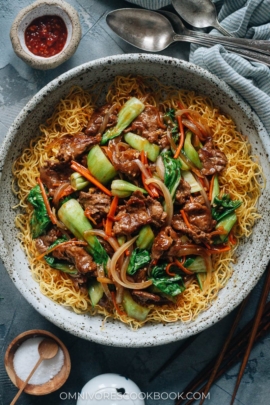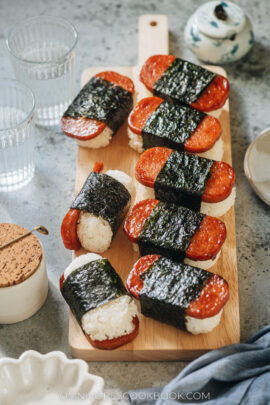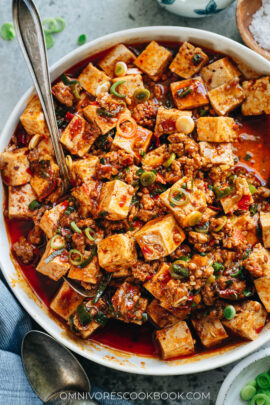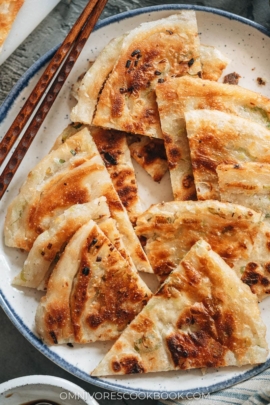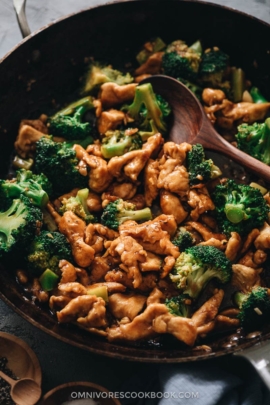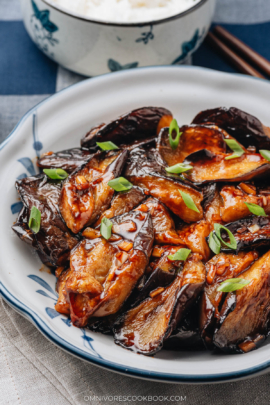Make this tangy and crunchy pickled daikon and carrot to pique your appetite and start your meal. It’s a quick pickle recipe that takes no time to put together. {Gluten-Free, Vegan}
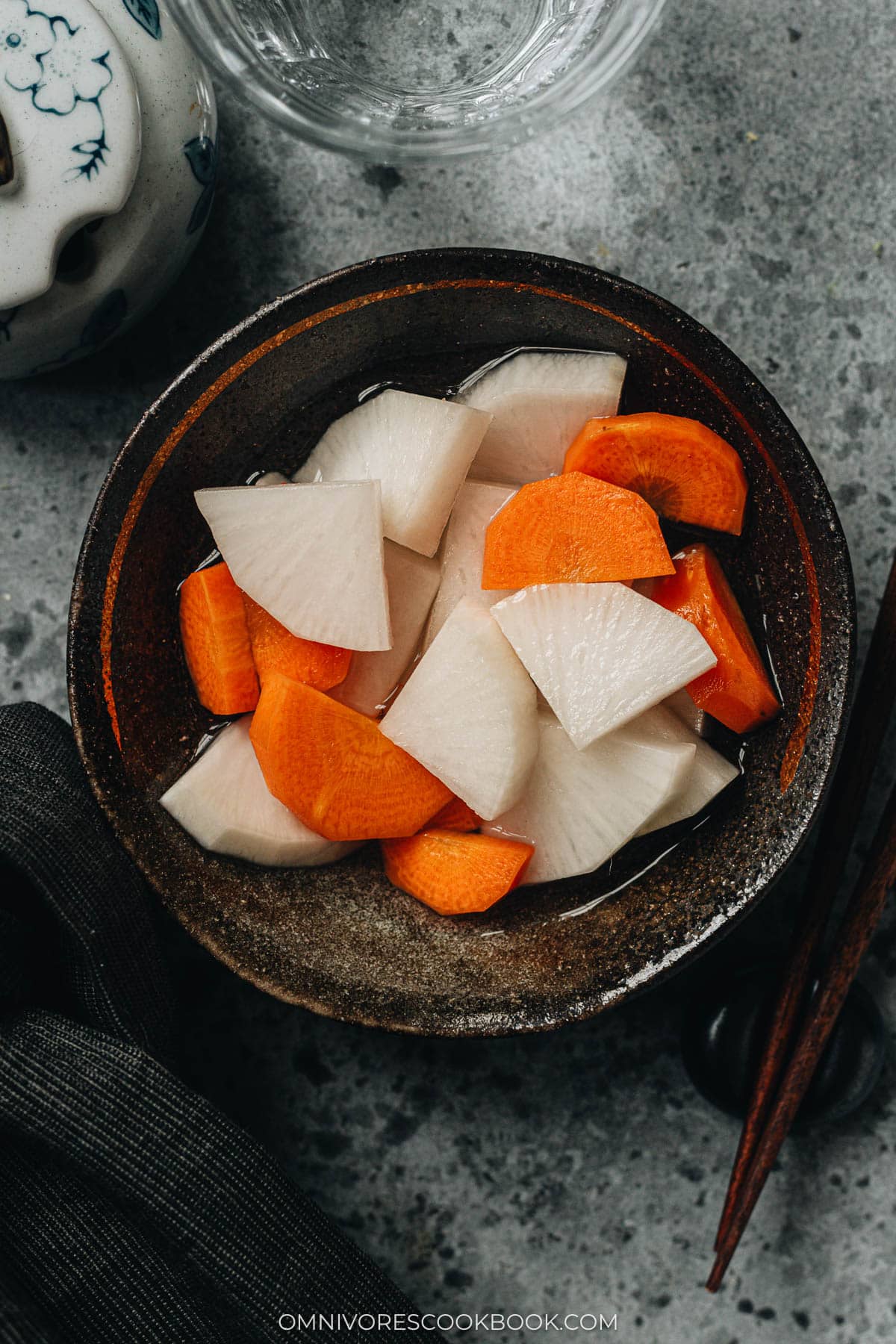
When it comes to appetizers, Chinese pickled daikon stands out for its balance of tang, sweetness, and crunch. This simple yet vibrant pickle is a staple in Cantonese cuisine, where it often accompanies hearty meals or serves as a refreshing snack. For home cooks, these quick pickles are a great side dish to prepare ahead of time, since they can last quite a while in the fridge.
What is pickled daikon
Daikon, a mild-flavored white radish, is a staple in many Asian cuisines. When pickled, it transforms into a crunchy and flavorful accompaniment that pairs beautifully with dishes like dumplings, fried rice, roasted meats, and noodle soups. The Chinese version often features a mix of vinegar, sugar, and salt, creating a harmonious balance of flavors that highlights the natural sweetness of the daikon.
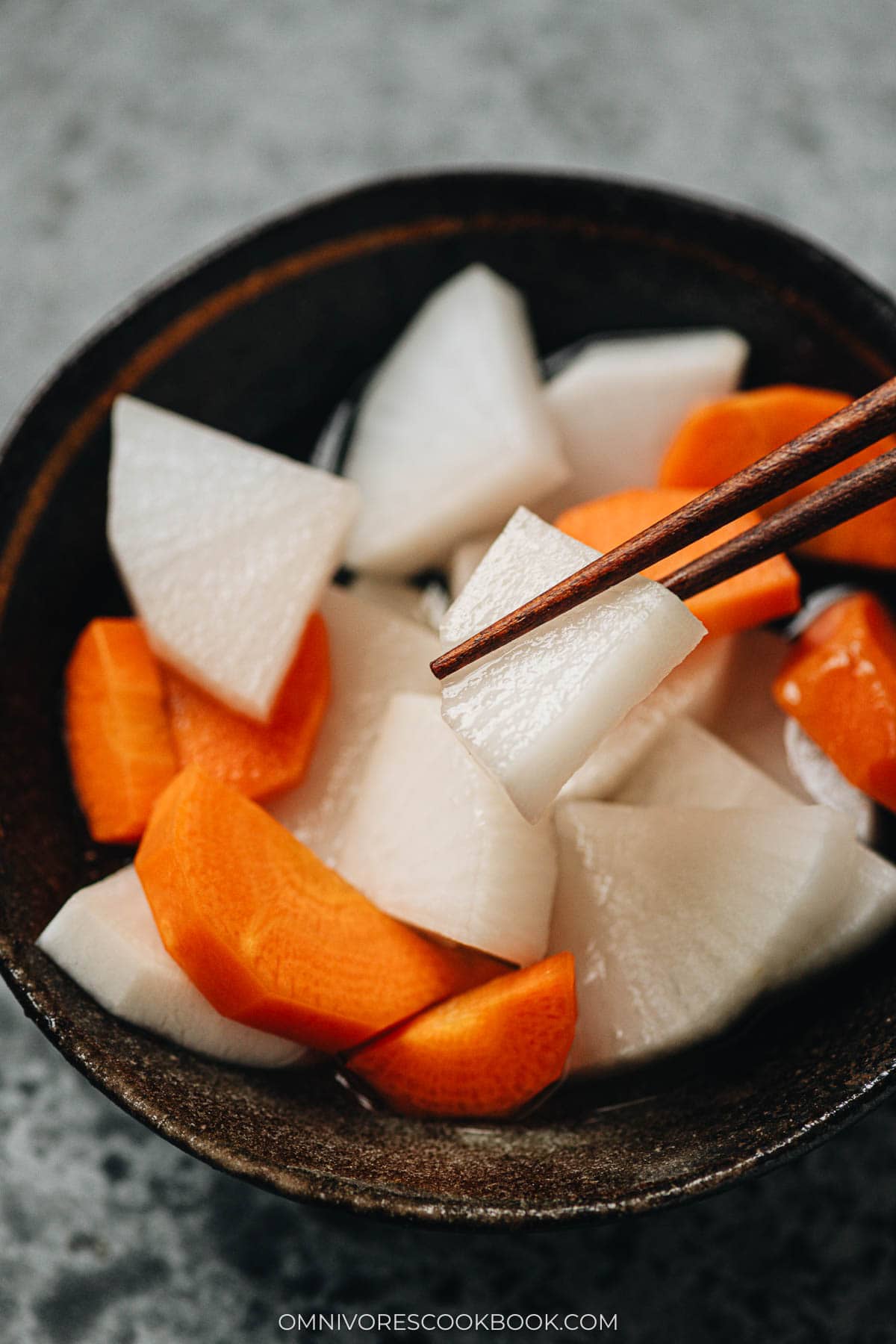
Ingredients
What type of vinegar to use
To make Chinese pickled daikon with carrot, Chinese white vinegar is often used as the base. Chinese white vinegar is a fermented rice vinegar that is less strong than distilled vinegar, with a fruity note that is similar to Japanese rice vinegar. Compared to the pale yellow Japanese rice vinegar, white vinegar is transparent and is higher in acidity.
Since white vinegar is not a staple in my Chinese essential pantry, I used a combination of distilled vinegar and Japanese rice vinegar in this recipe to create a very similar result.
Of course, if you do have Chinese white vinegar on hand, please feel free to use 1 1/2 cups of it to replace the two vinegars in the recipe.
Mise en place
Before starting to make pickled daikon with carrot, your table should have all the ingredients ready:
- Sliced daikon
- Sliced carrot
- Rice vinegar
- Distilled vinegar
- Sugar
- Salt
There are many ways to slice daikon for pickling. I prefer to slice it into fan-shaped pieces with some thickness. The daikon will lose moisture after pickling, resulting in a crunchy crispy texture with some chewiness, but still easy to eat.
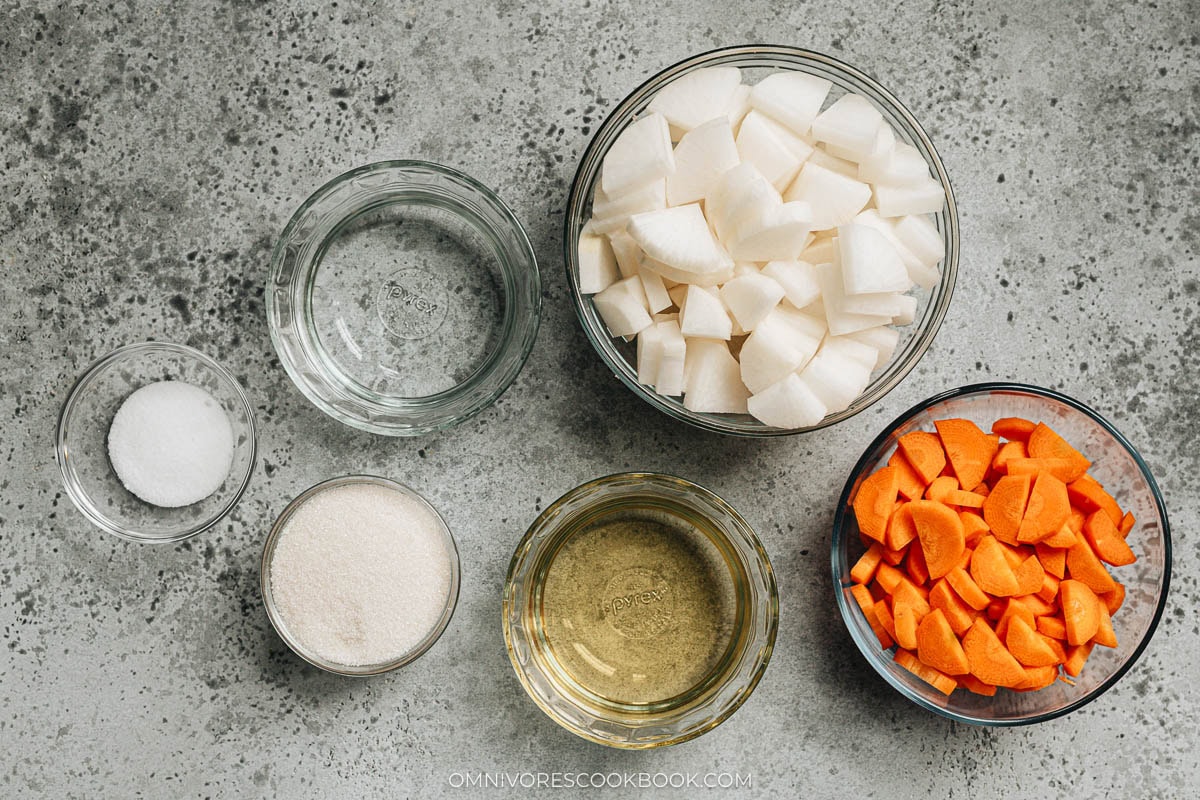
How to make pickled daikon with carrot
Making pickled daikon and carrot couldn’t be easier.
All you need to do is combine the rice vinegar, distilled vinegar, sugar and salt and boil it to make a brine. Then pour the hot brine over the daikon and carrot.
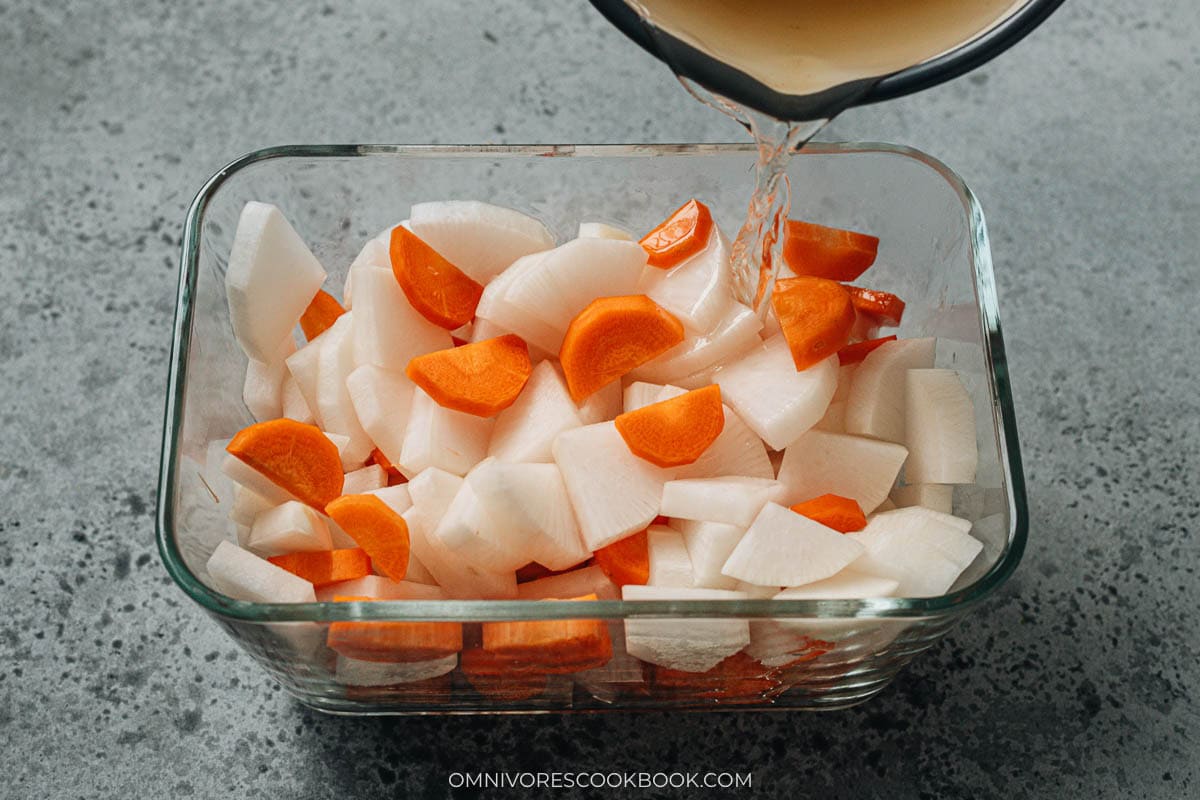
The brine will not fully cover all the ingredients. But after a short period of time, 1 hour or so, the vegetables will release enough liquid so everything will be fully covered.
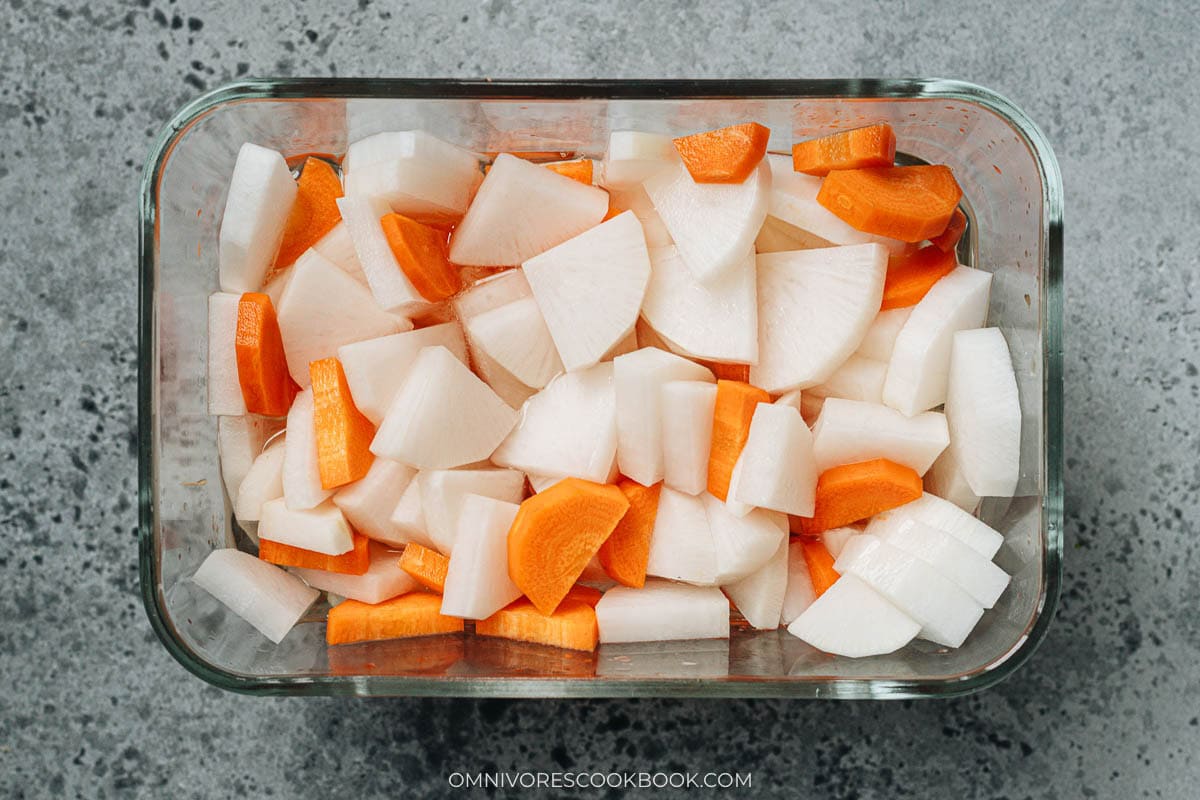
The pickled daikon and carrot are mildly seasoned and ready to serve after 1 to 2 hours. But I highly recommend giving it a couple of hours or overnight. The vegetables will become crunchier and have a very tangy and fruity flavor.
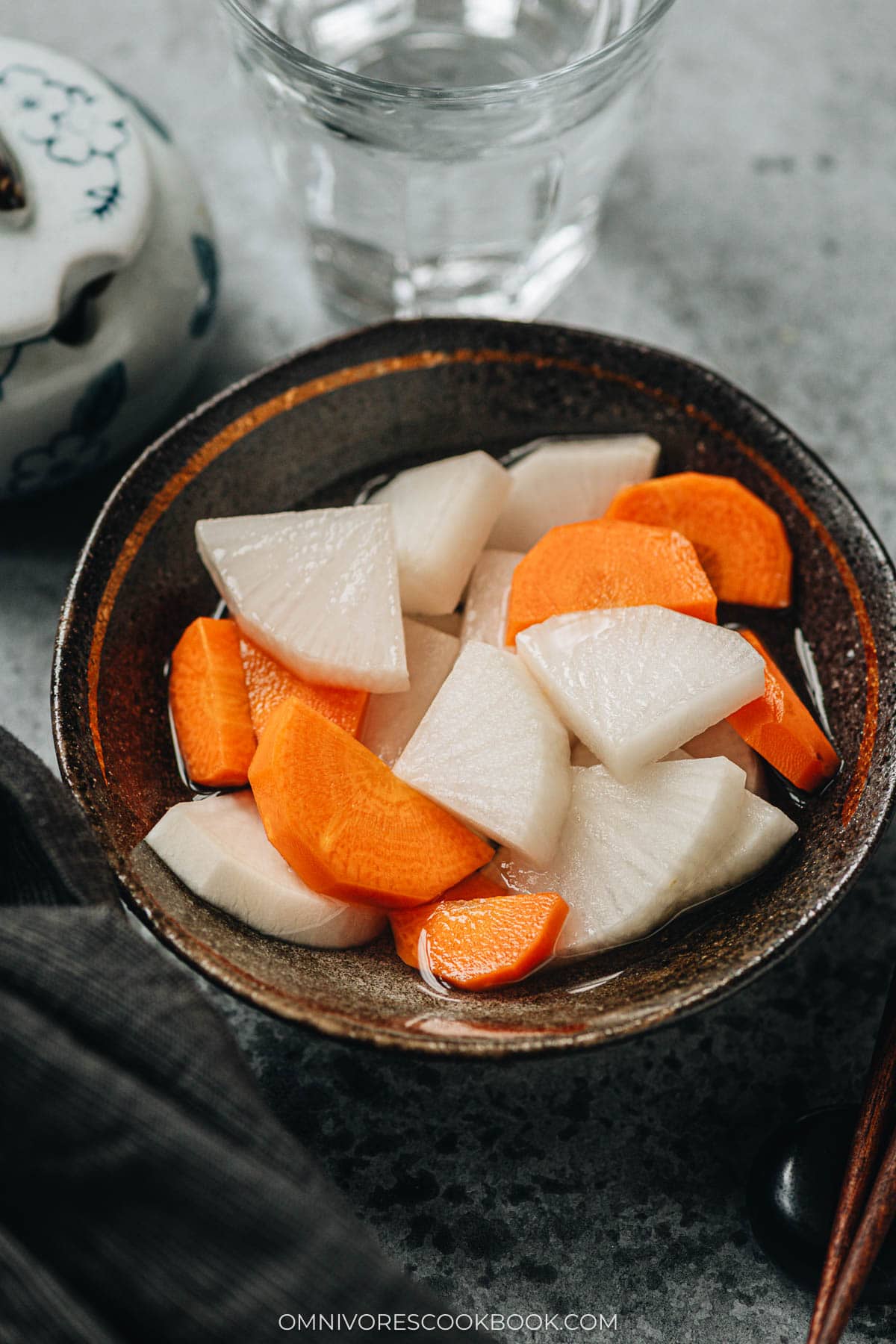
How to store pickled daikon with carrot
You can store pickled daikon and carrot in an airtight container in the refrigerator for up to a week. For me, I really like to use my Zwilling vacuum container to store the pickles. The vacuum prolongs their shelf life and I can store the pickles for 2 weeks.
When you serve the pickles, always make sure to use a pair of clean chopsticks. This will prevent contamination and prolong the shelf life.
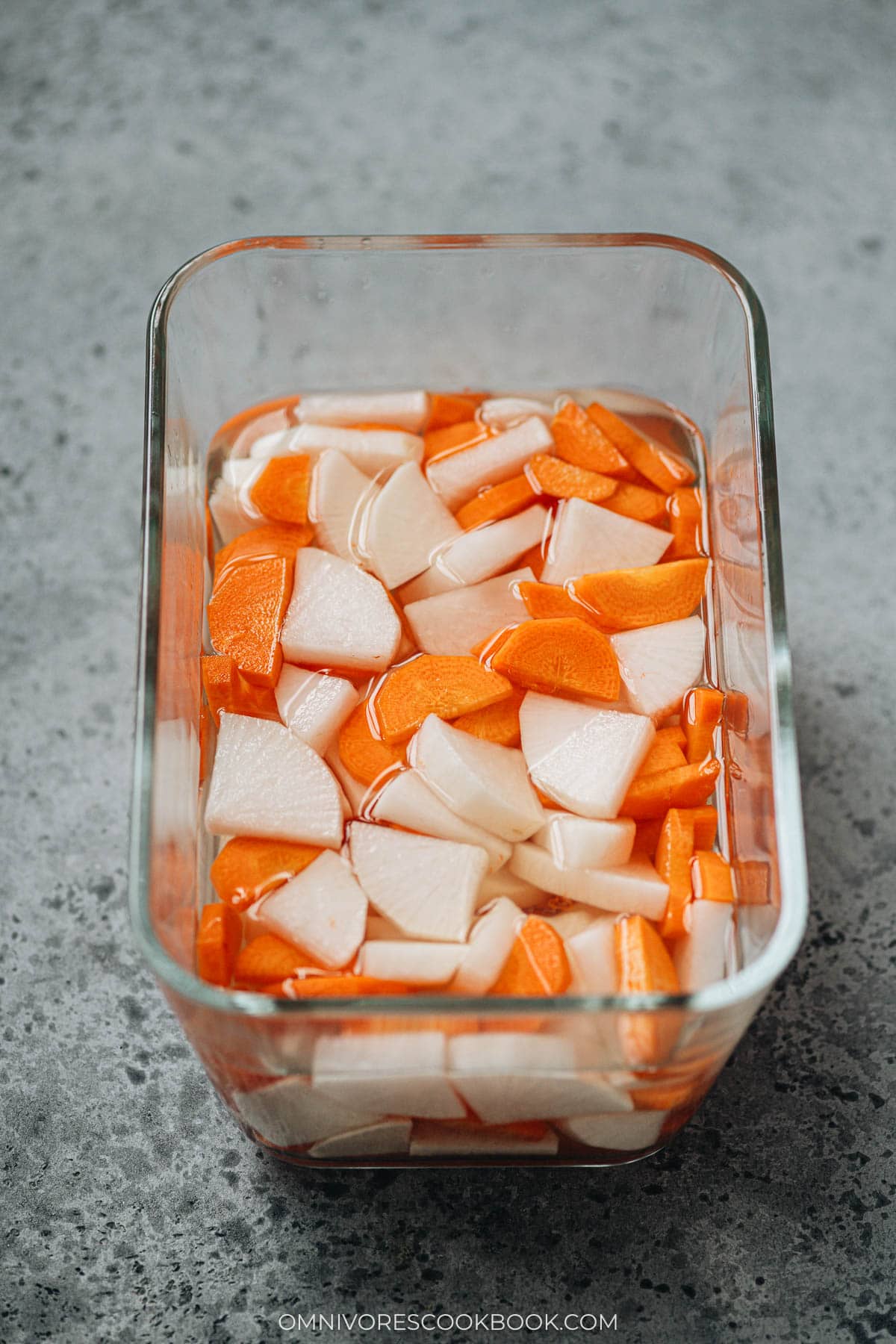
5 If you give this recipe a try, let us know! Leave a comment, rate it (once you’ve tried it), take a picture and tag it @omnivorescookbook on Instagram! I’d love to see what you come up with.
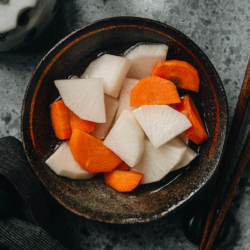
Pickled Daikon with Carrot
Ingredients
- 1 daikon radish (about 1.3 lbs / 600 g)
- 2 small carrots (about 10 oz / 300 g)
- 3/4 cup rice vinegar (*Footnote 1)
- 3/4 cup distilled vinegar
- 1/2 cup sugar
- 3 teaspoon salt
Instructions
- Peel the daikon and carrots. Cut the daikon into 1/3” (1 cm) thick rounds, then cut each round into four equal fan-shaped pieces. Cut the carrot into 1/4” (6 mm) rounds, then slice each round into half moon pieces. Place the daikon and carrots in a colander, run under cold water until the water runs clear. This removes the daikon’s funky smell, and prevents the carrots from tinting the daikon orange. Drain well and move to a heat-proof bowl or container you plan to store the pickles.
- Add the rice vinegar and distilled vinegar into a small saucepan and bring to a boil. Once vigorously boiling, add the sugar and salt, stirring with a whisk until fully dissolved.
- Pour the boiling hot pickling liquid over the daikon and carrots. (*Footnote 2) Marinate for at least 1 hour before eating, or overnight for a better flavor. Once the brine cools off completely, store the pickles in an airtight container in the refrigerator for up to a week.
Notes
- The combo of Japanese rice vinegar and distilled vinegar mimics Chinese white vinegar, which is fruitier than distilled vinegar but more pungent than Japanese rice vinegar. It creates a brine that has the sour taste coming through while maintaining a fruity note.
- The brine will not cover all the ingredients at the beginning. But once the daikon and carrot sit in it for a while, they will release enough liquid so the brine covers everything.
